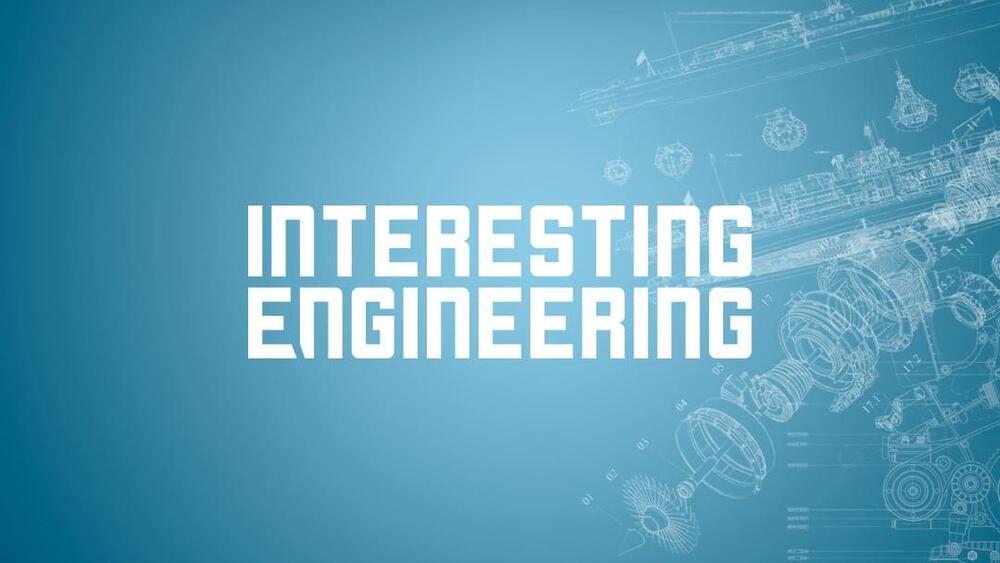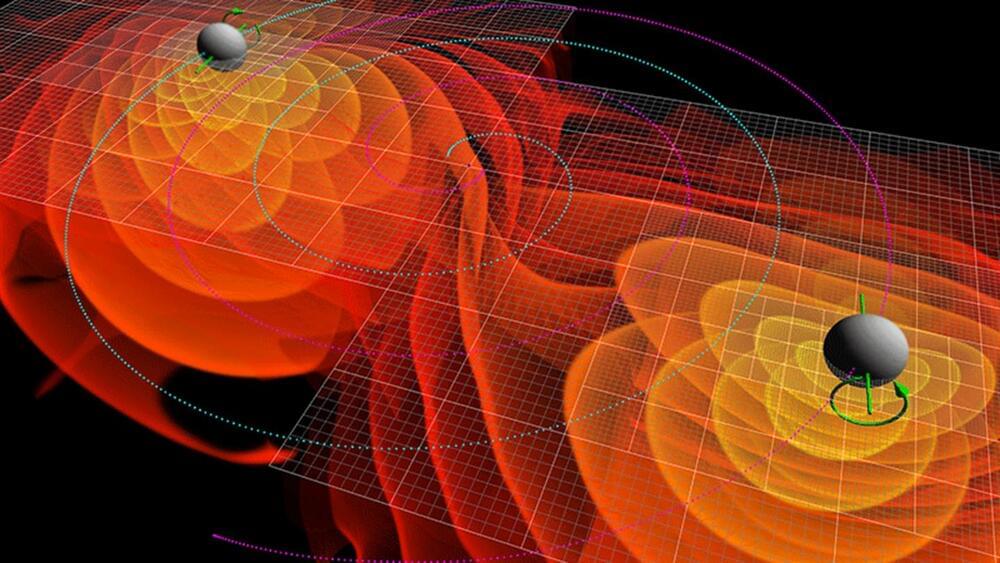Webb was expected to merely confirm the Standard Model of the universe but its images are “surprisingly smooth, surprisingly small and surprisingly old.”
Category: cosmology – Page 280
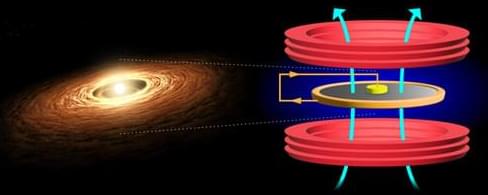
Liquid Metal Experiment Mimics Accretion Disks
Using a magnetically stirred liquid metal, researchers have reproduced a key feature of astrophysical accretion disks: a turbulence-based transfer of angular momentum.
Astrophysical disks are ubiquitous objects in the cosmic landscape: we observe them around matter-gobbling black holes and planet-forming stellar systems. The gas and dust in these disks slowly drift inward and eventually reach the central star or black hole. The energy released in this accretion process makes some of these disks very luminous. However, the physical mechanism responsible for this accretion remains elusive despite 40 years of active research. Now Marlone Vernet from Sorbonne University in France and his colleagues model astrophysical disks with an experimental system based on a rotating disk of liquid metal [1]. The novelty in this experiment is that the disk is set into rotation thanks to electrical currents and magnetic fields in a way that mimics gravity. The experiment provides strong evidence of angular momentum transport, which is thought to be a key feature in astrophysical accretion.
NASA’s Fermi telescope confirms star wreck as source of extreme cosmic particles
Astronomers have long sought the launch sites for some of the highest-energy protons in our galaxy. Now a study using 12 years of data from NASA’s Fermi Gamma-ray Space Telescope confirms that one supernova remnant is just such a place.
Fermi has shown that the shock waves of exploded stars boost particles to speeds comparable to that of light. Called cosmic rays, these particles mostly take the form of protons, but can include atomic nuclei and electrons. Because they all carry an electric charge, their paths become scrambled as they whisk through our galaxy’s magnetic field. Since we can no longer tell which direction they originated from, this masks their birthplace. But when these particles collide with interstellar gas near the supernova remnant, they produce a telltale glow in gamma rays—the highest-energy light there is.
“Theorists think the highest-energy cosmic ray protons in the Milky Way reach a million billion electron volts, or PeV energies,” said Ke Fang, an assistant professor of physics at the University of Wisconsin, Madison. “The precise nature of their sources, which we call PeVatrons, has been difficult to pin down.”
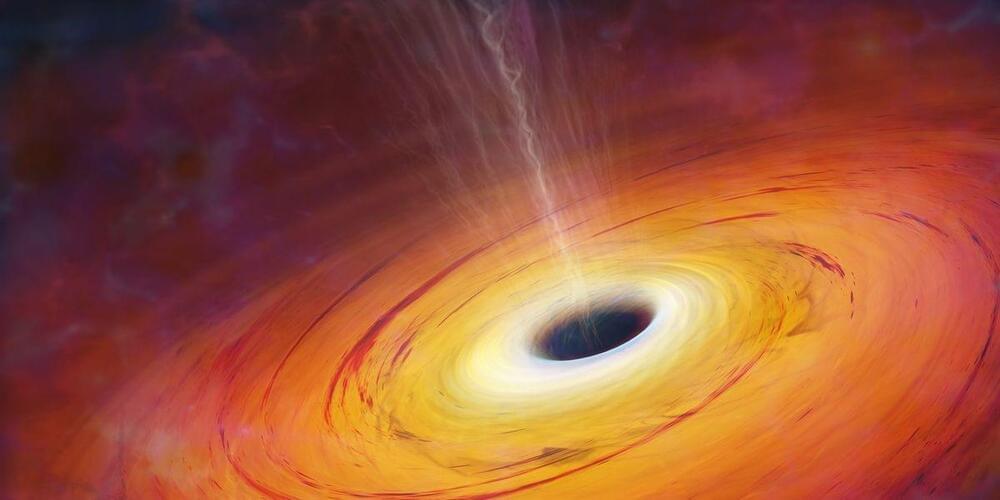
What Happens When Black Holes Die?
Stephen Hawking’s suggestion that black holes “leak” radiation left physicists with a problem they have been attempting to solve for 51 years.
In what is arguably his most significant contribution to science, Stephen Hawking suggested that black holes can leak a form of radiation that causes them to gradually ebb away, and eventually end their lives in a massive explosive event.
This radiation 0, later called “Hawking radiation,” inadvertently causes a problem at the intersection of general relativity and quantum physics — the former being the best description we have of gravity and the universe on cosmically massive scales, while the latter is the most robust model of the physics that governs the very small.
The two theories have been confirmed repeatedly since their distinct inceptions at the start of the 20th century. Yet, they remain frustratingly incompatible.
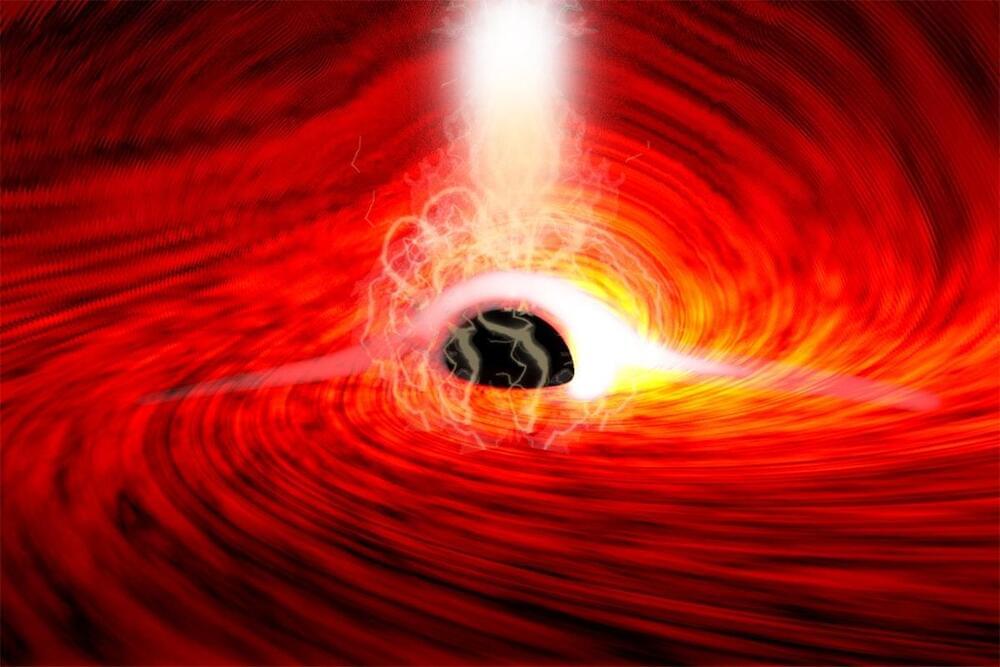
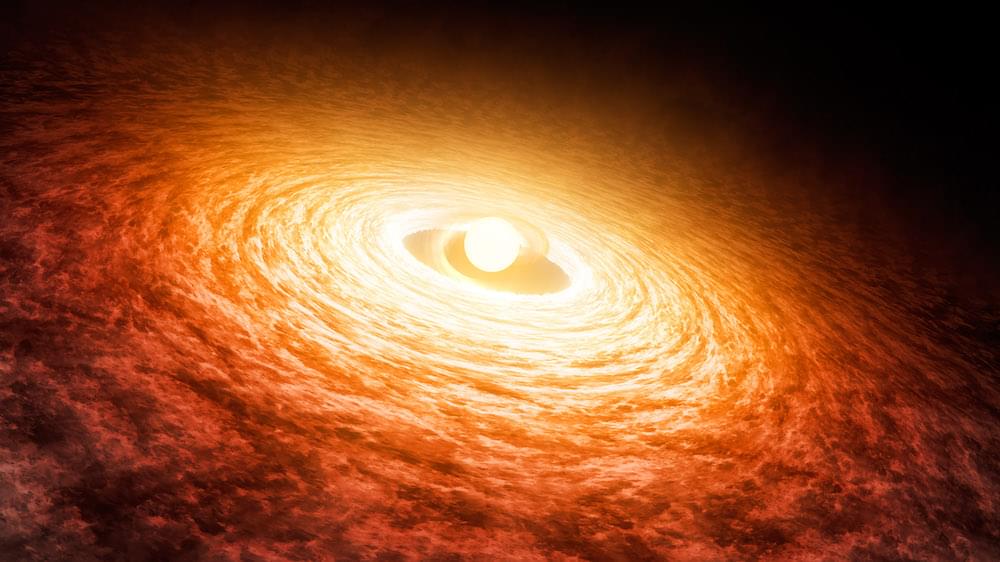
The physics of accretion: How the universe pulled itself together
To form a celestial object, start with a gas cloud and add gravity. Then, it gets complicated.
Accretion is one of the most fundamental processes in the cosmos. It is a universal phenomenon triggered by gravity, and the process by which bits of matter accumulate and coalesce with more bits of matter. It works inexorably on all scales to attract and affix smaller things to bigger things, from the tiniest dust grains to supermassive black holes.
Accretion creates everything there is: galaxies, stars, planets, and eventually, us. It is the reason the universe is filled with a whole bunch of somethings instead of a whole lot of nothing.
The fact that matter tends to glom together may seem intuitive. But to scientists, accretion remains a mysterious topic, filled with unanswered questions.
The dark matter hypothesis isn’t perfect, but the alternatives are worse
But the dark matter hypothesis isn’t perfect. Computer simulations of the growth of galaxies suggest that dark-matter-dominated galaxies should have incredibly high densities in their centers. Observations of real galaxies do show higher densities in their cores, but not nearly enough as those simulations predicted. Also, simulations of dark matter evolving in the universe predict that every galaxy should have hundreds of smaller satellites, while observations consistently come up short.
Given that the dark matter hypothesis isn’t perfect — and that we have no direct evidence for the existence of any candidate particles — it’s worth exploring other options.
One such option was introduced back in the 1970s alongside the original dark matter idea, when astronomer Vera Rubin first discovered the problem of stars moving too quickly inside galaxies. But instead of adding a new ingredient to the universe, the alternative changes the recipe by altering how gravity works at galactic scales. The original idea is called MOND, for “modified Newtonian dynamics,” but the name also applies to the general family of theories descended from that original concept.
Futureseek Daily Link Review; 05 August 2022
* At Long Last, Mathematical Proof That Black Holes Are Stable * Who Gets to Work in the Digital Economy? * Mice produce rat sperm with technique that could help conservation.
* Quantum computer can simulate infinitely many chaotic particles * Radar / AI & ML: Scaling False Peaks * Cyber security for the human world | George Loukas | TEDx.
* Can Airbnb Outperform a Potential Recession? | WSJ * San Diego joins other cities in restricting cops’ use of surveillance technology * Blue Origin launches crew of 6 to suborbital space, nails landings.
